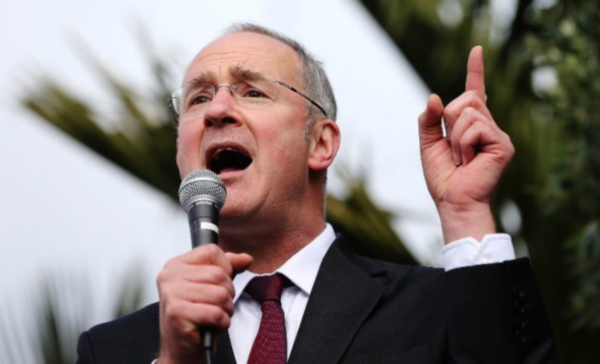
Transport Minister Twyford’s defence of his unpopular light rail to the airport plan (Dialogue 25 October 2019) was light on argument but heavy on references to ‘experts’. The Minister will need to do better than this to convince Aucklanders that he is right to exclude the electric train option. In a recent NZ Herald online poll, of 13,300 readers, 82% indicated they would prefer to take a ‘train’ to the airport, 9% preferred to ‘drive and park’ while only 6% opted for ‘light rail’ (trams). This is an extraordinarily resounding response and should give be giving the government pause.
Mr Twyford’s proposed 24km tramline to the airport, or to Mangere as it has been rebranded, via Dominion Road while still not yet having a supporting business case is presently estimated to cost $3.7b. While it is accepted that building the tram line will be lengthy and disruptive, especially to people living or trying to run a business near it, the finished product is likely to come with another set of impacts. This is because Mr Twyford is predicting light rail on Dominion Road will carry ‘as many people as a four-lane motorway’ but furthermore he is selling light rail as catalyst for intensive development in that corridor – ‘a magnet for investment’ as he puts it. However Mr Twyford’s threats to shut down public opposition to any development by overriding the Unitary Plan (and therefore the Resource Management Act) has not gone down well on Dominion Road or with residents of nearby leafy streets. They are starting to view Mr Twyford’s scheme as a threat to their heritage neighbourhoods. Rather like the minister’s Kiwibuild homes ‘not being for people on low incomes’, his light rail service with only 8 tram stops along the Dominion Road corridor instead of the present 20 bus stops, is clearly not designed for the convenience of public transport users – whether they are airport passengers (too slow) or local residents (not enough stops). The problem is Mr Twyford’s scheme is trying to do deal with two separate public transport problems at the same time, serving Auckland Airport whose throughput is predicted to grow to 40m passenger movements by 2030 and dealing with growing congestion on the isthmus. However way you look at it, it’s a suboptimal solution for both.
Given the Minister’s heavy reliance on ‘experts,’ (he referred to them four times) it is only fair to ask who are these experts? Light rail experts are not to be found where NZ transport ministers usually get their technical advice, not in the Ministry of Transport, nor NZTA (despite the latter being charged with delivering the project). And as a former director of Auckland Transport, I can attest to the dearth of light rail experts in that organisation which is the source of Mr Twyford’s scheme. In 2016 AT suddenly changed course rejecting the 2011 ‘South-Western Airport Multi-Modal Corridor Project’ (which had been supported at the time by AT, Auckland Council, Auckland International Airport Ltd, NZTA and KiwiRail) and its recommendations for a heavy rail link to the airport from Onehunga and Puhinui. AT is itself heavily reliant on outside consultants, especially Jacobs NZ whose controversial claims and costings in its 2016 report was the catalyst for the policy change. There has been recent criticism in the media of the dodgy methodology AT’s business cases for certain cycleways. However I imagine these are squeaky clean and the epitome of objectivity compared to the Jacobs’ report. The other sources of advice to the minister, and his associate minister Julie-Anne Genter, appear to be employees of the Australian-based consulting firm MR Cagney and the activist bloggers of the advocacy group ‘Greater Auckland’, (many of whom actually appear to be the same individuals).
Despite the minister’s airy references to ‘experts’ it is the worrying lack of expert contestable advice that is his scheme’s greatest weakness. Remarkable too is the lack of any ministerial interest or curiosity about Melbourne which has the biggest light rail system in the world and which is now building a heavy rail connection to Melbourne International Airport.
Time was when transport projects of this cost and scale were the subject of widespread public debate and public input but in recent years the statutory Regional Land Transport Plan and the Regional Public Transport Management Plan with its public input processes have been marginalised by the top-down and informal ‘ATAP’ (‘Auckland Transport Alignment Process’). ATAP has become the means by which the government-of-the-day imposes on Auckland what it wants – with no opportunity for ratepayer, taxpayer or travelling public input. Twyford’s tramline to Mangere is actually the outcome of a ‘refreshed’ ATAP – his ATAP – replacing the previous government’s 2016 ATAP. But Mr Twyford needs to be reminded we live in a democratic society. Unless the minister stops acting as some sort of transport ‘Czar’, trying to impose his will on an increasingly sceptical public, then the 94 % of Aucklanders opposed to his light rail scheme, are likely to stay opposed. As with the backlash against the nation-wide regional fuel tax, (originally designed to augment government funding for Auckland’s light rail), halted by a ‘captain’s call’ from the prime minister, Mr Twyford’s $3.7b ‘City Centre to Mangere’ light rail scheme is likely to come with political consequences.
Mike Lee is an Auckland Councillor, a former chairman of the Auckland Regional Council (2004-2010) and a former director of Auckland Transport (2010-2016).

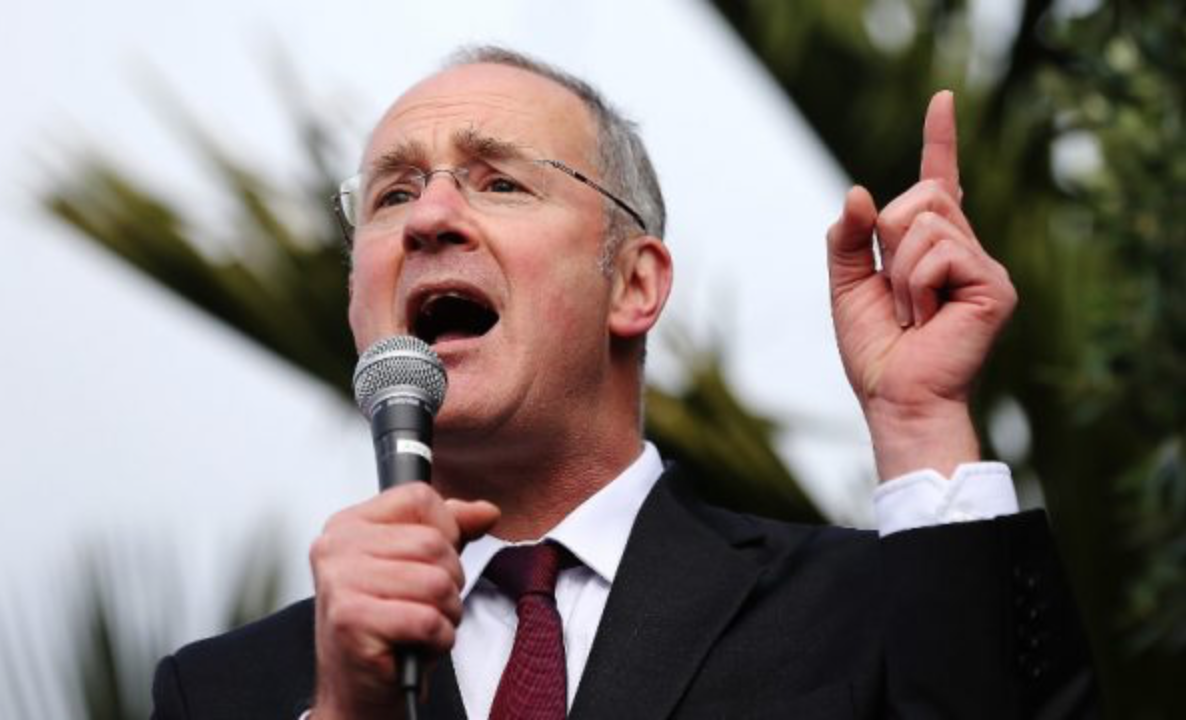
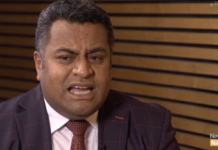
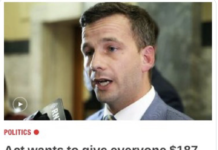
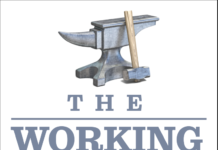

Good accurate article Mike.
Zürich is the home of the tram. Zürich’s nearby airport Kloten is serviced by heavy rail; not by trams. Strongly recommend so-called MoT and NZTA experts to go and see how public transport is done in Zürich as it is also a city with awkward geography. There will be other cities that can attest to the integrated use of trains, trams, buses, boats and funiculars for PT. It seems the experts here are more into political management and less into effective transport engineering.
Think Twyfords tram set is the best we’re going to get and thy kinda suck ass. But at least there not Kiwirail. Never in my life will i ever ride them again. I’d have been more comfortable in the luggage section.
Ideologically perfect.
Practically insane.
Twyford to a T.
Agree. Light-rail is a dog. If heavy rail to the Airport via Puhunui is viable, that is preferable.
Light-rail sounds the worst of all worlds: long-commuting times, inadequate number of stops and local opposition.
Heavy Rail is the way to go. They should think about extending the line to Howick or having Rapid Bus Ways. Howick/Botany is poorly serviced by public transport.
Dominion rd already has good bus services and it has relatively short distances to the city and to the airport. Why is it a priority?
Labour should swallow their pride and rethink this. They will win crudos for changing their minds.
Unfortunately we do not have any intelligence here in NZ when it comes to rail, they should be consulting with the Japanese who are the world leaders in rail technology.
Japan has a country smaller than New Zealand and 125 million people, it is also one of the largest economies in the world processing manufactured product which needs to be hauled to and from ports for imports & exports.
Recent Governments here have been buying old Chinese technology because they think they are getting a good deal financially. It is like buying a late model Toyota or an old Lada from Russia or Skoda from the Czech Republic ?
The level of intelligence at Government and Local Government Levels on these type of issues is weak. We have people with very limited commercial experience or real world experience making commercial decisions on our behalf.
FayRichwhite and Wisconsin Rail were going to make NZ Rail the best thing in town, then they did the same thing to British Rail.
It will be very interesting to see the Cost Benefit Analysis Trams (Light Rail) to Auckland International Airport via Mangere Bridge vs Heavy Rail via the Southern Link & Puhinui.
The level of intelligence at Government and Local Government Levels on these type of issues is weak. We have people with very limited commercial experience or real world experience making commercial decisions on our behalf.
FayRichwhite and Wisconsin Rail were going to make NZ Rail the best thing in town, then they did the same thing to British Rail.
It will be very interesting to see the Cost Benefit Analysis Trams (Light Rail) to Auckland International Airport via Mangere Bridge vs Heavy Rail via the Southern Link & Puhinui.
+100, Hit the nail on the head with
“The problem is Mr Twyford’s scheme is trying to do deal with two separate public transport problems at the same time, serving Auckland Airport whose throughput is predicted to grow to 40m passenger movements by 2030 and dealing with growing congestion on the isthmus. However way you look at it, it’s a suboptimal solution for both.”
Also my view is that this is driven not for ratepayers who have to pay for it, but for a way to make them pay for the airport rail.
Not being honest to their real motivations and corporate welfare is part of the problem. Put a tax on the airline passengers to pay for the rail. Stop making the public pay for everything that does not benefit them but just a few businesses in a few industries that are often multinational organisations that need to start putting their own hands into their own pockets of profits.
Kiwis have the petrol tax. The money should be spent on commuter transport ONLY, not put them together with the airport that is a difference kettle of fish.
+100, Hit the nail on the head with
“The problem is Mr Twyford’s scheme is trying to do deal with two separate public transport problems at the same time, serving Auckland Airport whose throughput is predicted to grow to 40m passenger movements by 2030 and dealing with growing congestion on the isthmus. However way you look at it, it’s a suboptimal solution for both.”
Also my view is that this white elephant hybrid tram option is driven to make the ratepayers pay for the upgrades needed for airport rail. They then tack on Mangere in an attempt to pretend they care about the poor and it will somehow benefit them (to pay increased rents and rates, with council white elephants and corporate welfare to carry the extra airport passengers, don’t think so)
Being dishonest is AT and council colours, and the real motivation of providing corporate welfare is part of the problem.
Put a tax on the airline passengers to pay for the rail.
Stop making the public pay for everything that does not benefit them but just a few businesses in a few industries that are often multinational organisations.
Kiwis have the petrol tax. Their rates should be spent on commuter transport ONLY, not put them together with the airport that is a difference kettle of fish.
Don’t allow them to do a Britomart where they forgot to invest in the train tracks!! They are fucking incompetent.
BTW experts are expected to write down what they are told these days so they are not reliable or even credible anymore. The COO structure of the council effectively collaborate together to pretend experts are all independent but are not and the council and Auckland Transport have been caught out cheating and tampering with experts before, to get the result they want. They can not be trusted with any experts anymore.
Phil Twyford is confused. Even when he worked for Oxfam he advocated that lobbying the rich for contributions was the answer to world poverty. His solution for improving Auckland-to-airport travel really messes up traffic. Sam says kiwirail was no good for him so we disregard this as an option?? ofcourse not. Get behind a decent rail service & disregard pathetic posturing.
The Left loves public transport. I think because the origins of that political creed are in the 19th century when trains & trams were all the rage.
People today don’t want to walk to a train station in the rain, wait at bus stops and have to sit next to all manner of disgusting oinks on public transport.
Modern people want to hop into an Uber and be delivered to their destination in the most convenient fashion. Where they want, when they want.
Time to move on boys & girls!
Good idea Andrew, so millions of commuters can all spend hours of their lives in traffic with everyone is an Uber. You also need to live close and have a high income to afford $20 per journey. Sarcasm.
The right wingers bought over all the migrants without any basic assessments of long term risks and the neoliberals love it, especially all the Chinese donations to their campaigns aka Phil Goff /Natz party and now the public have to pay for it with poorer productivity and hours spent in traffic, and huge infrastructure projects that make it even worse for years, and higher rates with lower services from council.
Comments are closed.